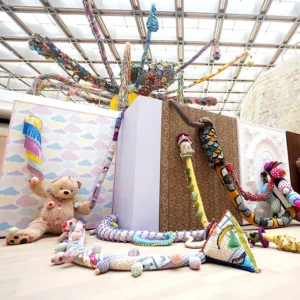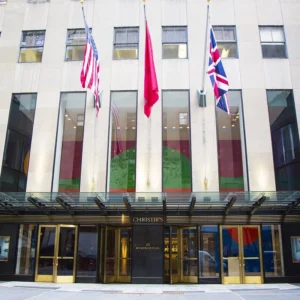In recent years, prints and multiples have become increasingly more common to see in the art market. These are original fine artworks—as opposed to posters, which are unlimited reproductions made for mass commercial sale—and are fruits of the unique, centuries-old process of printmaking.
Printmaking Techniques
Within printmaking are several distinct methods united loosely by the concept of transferring an image to another surface, including both traditional and digital techniques.
Traditional techniques are still taught in art schools and remain popular today. Lithography utilizes a large slab of stone to create the image. Relief printing involves removing all areas of the matrix unwanted in the final print—so most areas are cut away, leaving the raised areas available to be inked. Intaglio creates an image from the recessed areas of the matrix, making it the opposite, in a way, of relief printing. Note that there are many styles within each of these techniques—for example, a woodcut is a type of relief print.

In recent decades, screen printing has gained popularity. It essentially uses stencils to block out areas of color to form a multi-layered image. Slightly different but also popular are monotypes, which consist of a unique design being painted onto a plate and then printed onto paper, making it a more spontaneous process.
The rise of photography and digital media have given way to new methods of printmaking. Digital archival prints (often referred to as giclée, a term now generally applied to high-quality inkjet prints) are commonly accepted as fine art prints. Chromogenic prints make up another branch of digital printmaking.
A Brief History of Printmaking
Printmaking has had a long, multi-faceted existence, closely tied to mass communication throughout centuries. The Bible, early newspapers, and propaganda posters across the globe have been produced using various printmaking technologies. This relationship to mass media, in part, makes the acceptance of it as an art form particularly interesting.
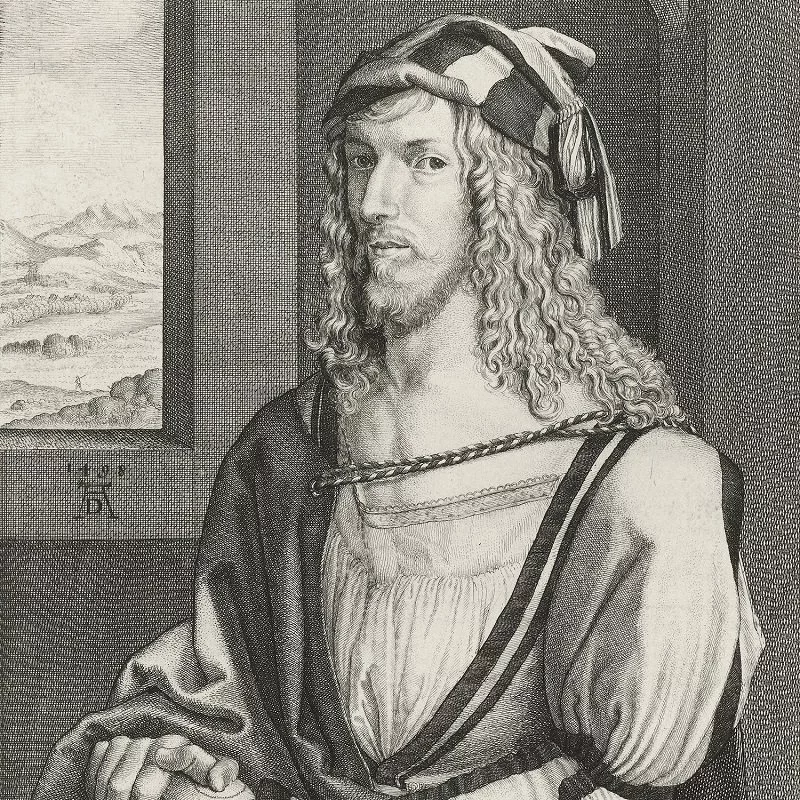
Experimentation of printmaking as an art form started in Asia with woodcuts. During the European Renaissance, artists—most notably German artist Albrecht Dürer—used printmaking to create fine art prints.
More recently, artists like Andy Warhol and Roy Lichtenstein adopted screen printing as a primary creation method in the 1960s, making the medium more prominent in the art market. These artists paved the way for contemporary artists to embrace printmaking as the principal art media in their practice.
Core Concepts of Printmaking
Like all art mediums, printmaking has its own terminology. Central to it is the edition, which is a collection of prints created from one plate with the original design, called the matrix. In today’s world, artists often make limited editions—meaning the number of prints is defined, and no more will ever be created. Prints within editions are typically signed. On the bottom left, artists put a fraction indicating the print number and the edition size. The title is written in the middle, and the artist signs the print on the right.
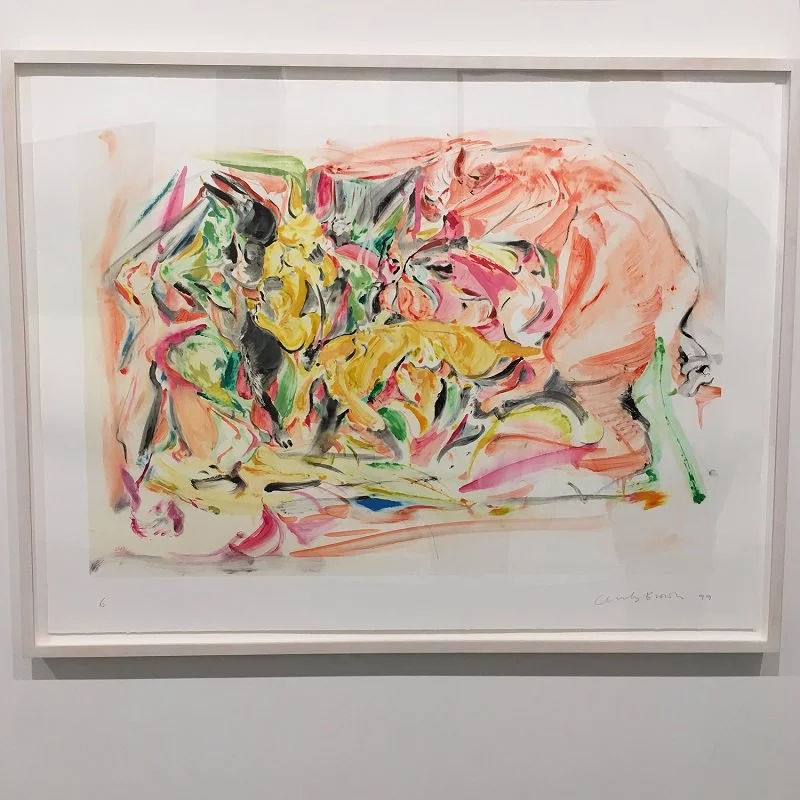

The words prints and multiples are sometimes used interchangeably but are slightly different. The designation of something as a multiple typically means there are over 200 others—therefore part of a much bigger edition.
Artists’ Approach to Printmaking
Many artists produce prints themselves; however, others might collaborate with a print shop, often referred to as a master printer, which is a centuries-old term used for expert printmakers in both traditional, and now digital, techniques. This is often a close relationship and is unique to printmaking. For example, well-known artists such as Kiki Smith, Barbara Kruger, and Nina Chanel Abney have all worked with master printers.
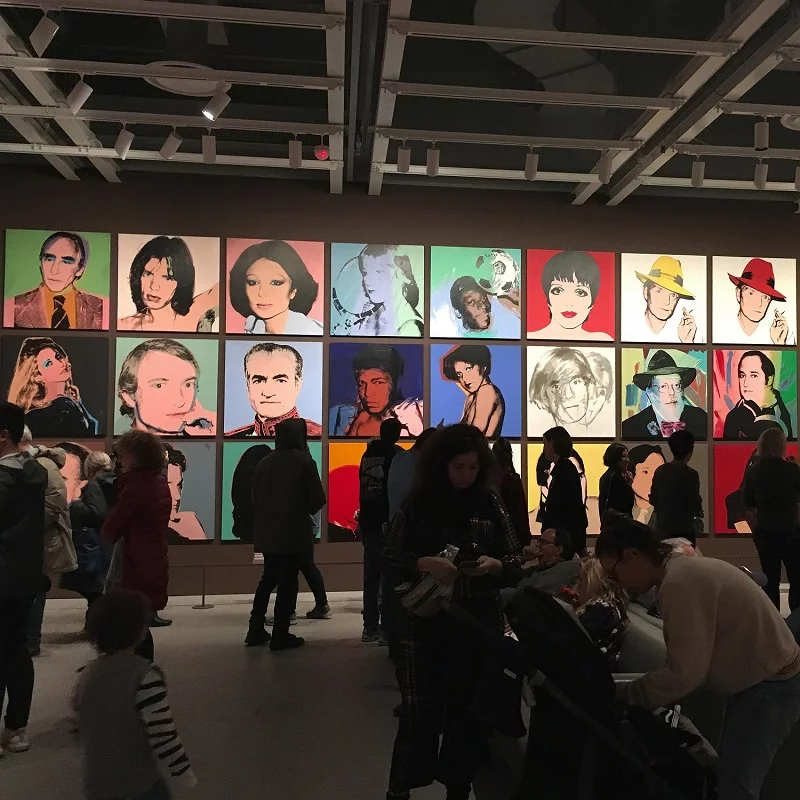
Artists who sell prints are a diverse group, as it can be applied to so many practices. Even in the group mentioned above, there is a wide range of art practices—Kiki Smith is a multimedia artist who makes scenes of nature and folklore, Kruger is a collage artist who famously uses typography in her work, and Abney is a multimedia artist focusing on contemporary culture.
Contemporary printmakers often specify their medium more specifically than the broad technique they are using—for example, Elizabeth Peyton is a well-known printmaker who uses etching to form her images, which is a subset within the intaglio family. There are countless techniques which all fit into traditional forms that are cited as the medium of contemporary prints, such as drypoint, collagraph, linocut, engraving, and more. These distinctions are important things to keep in mind when viewing prints online.
Determining a Print’s Value
The defined number of prints in limited editions helps maintain each print’s value over time. Generally, the size of the edition impacts the value of each print in it—the smaller the edition, the more valuable each print. Multiples, therefore, are generally sold at lower prices.
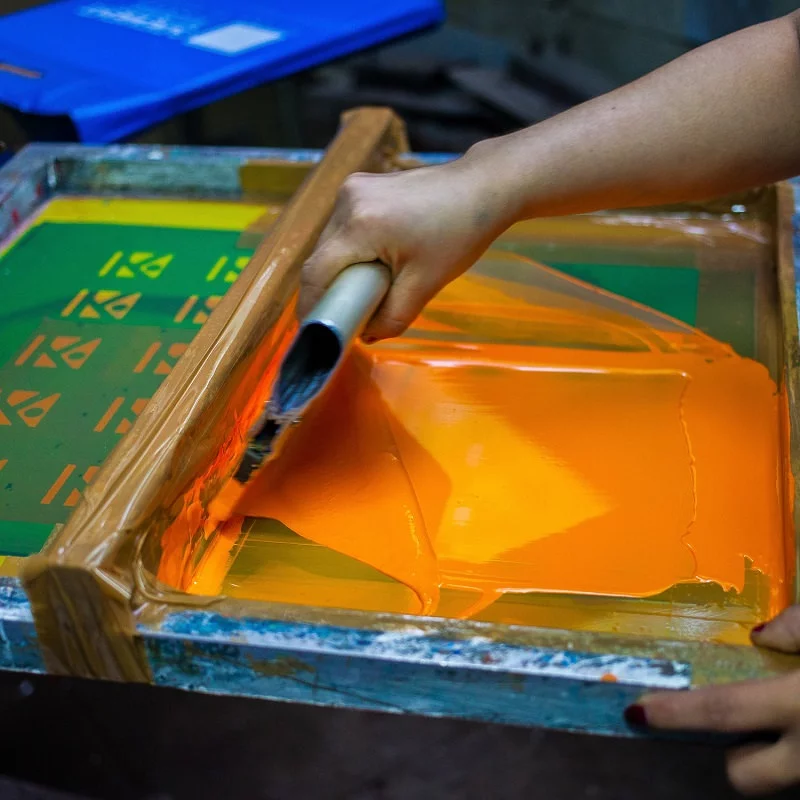
If an artist includes a print in an edition, they see it as the same quality as the rest of the edition—no print should have irregularities, and the number does not indicate value or the order in which it was made, despite common misconception. Artist proofs (designated as A/P on a print) are experimental tests of a matrix and can also be sold.
Like all artwork, provenance, condition, and authenticity are vital in determining value at auction. Sometimes, the prestige of the printmaking studio in which it was made can affect the price.
Recent Prints and Multiples Trends in the Art Market
Print and multiples are staples to contemporary art auctions with continued popularity for seasoned and new collectors alike. In the 1970s, they were reserved for connoisseurs familiar with the printmaking process, whereas now, a broad audience can research online and make purchases.

Major fine art auction houses have seen the rise in sales specifically in prints and multiples—they are typically more financially accessible than a large painting. Christie’s, a major auction house, stated that the Prints and Multiples department welcomes the largest number of clients to the company, and Phillips auction house saw a whopping 55 percent jump in print sales online from 2018 to 2019.
Broadly put, e-commerce and the rise of digital auctions, sometimes which happen as often as every month, have been hugely beneficial for the prints and multiples market. As they become more common, collectors are increasingly more confident buying online, especially with this medium which translates well onto screen.
Taking these trends into account, it’s evident that prints and multiples are increasingly popular from the perspectives of artists and art collectors alike. The wide range of techniques to choose from has led artists to implement nuanced techniques within printmaking, allowing them to make it their own, while the ubiquity of the internet makes it easier than ever to be a well-researched buyer of prints and multiples.


